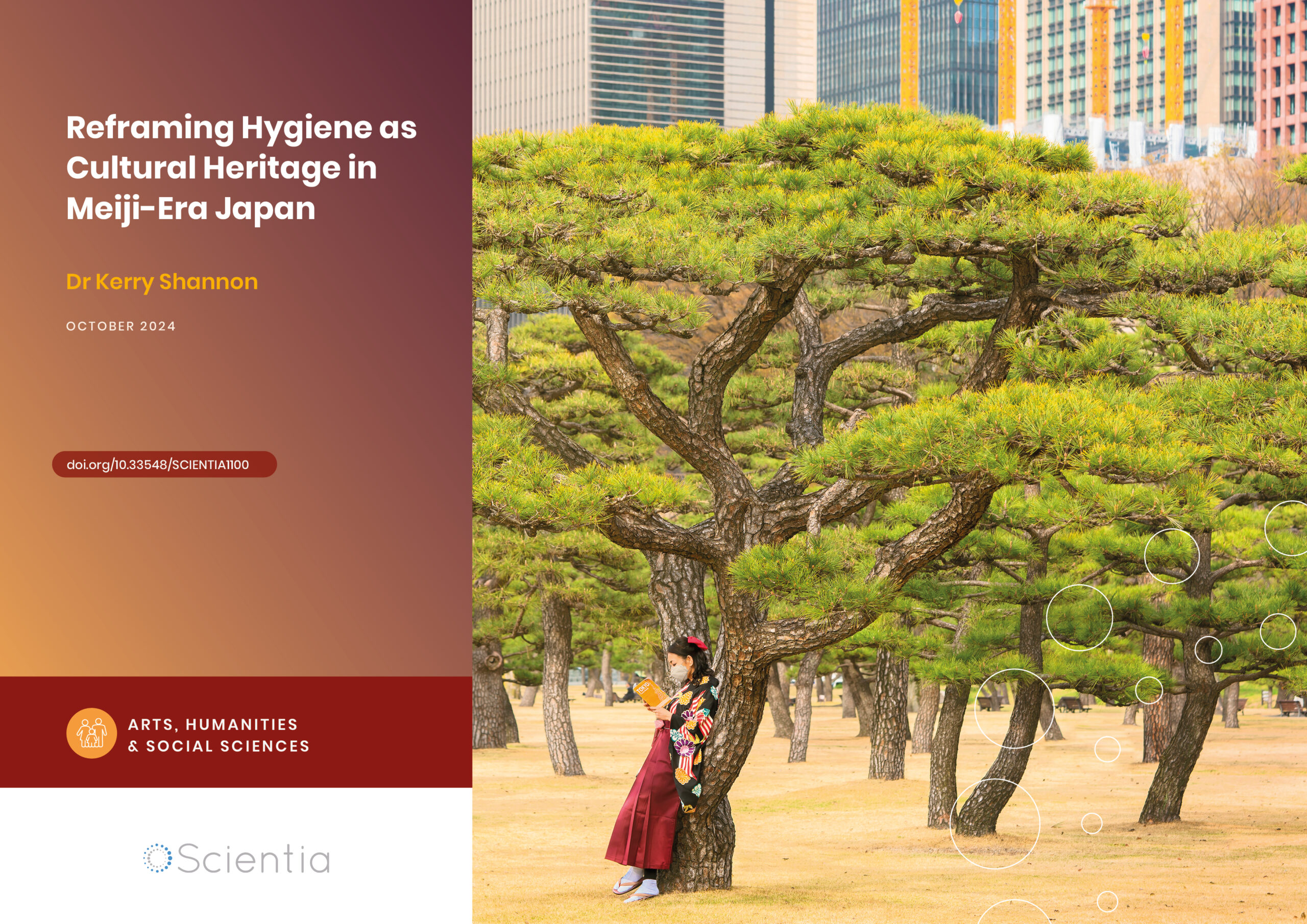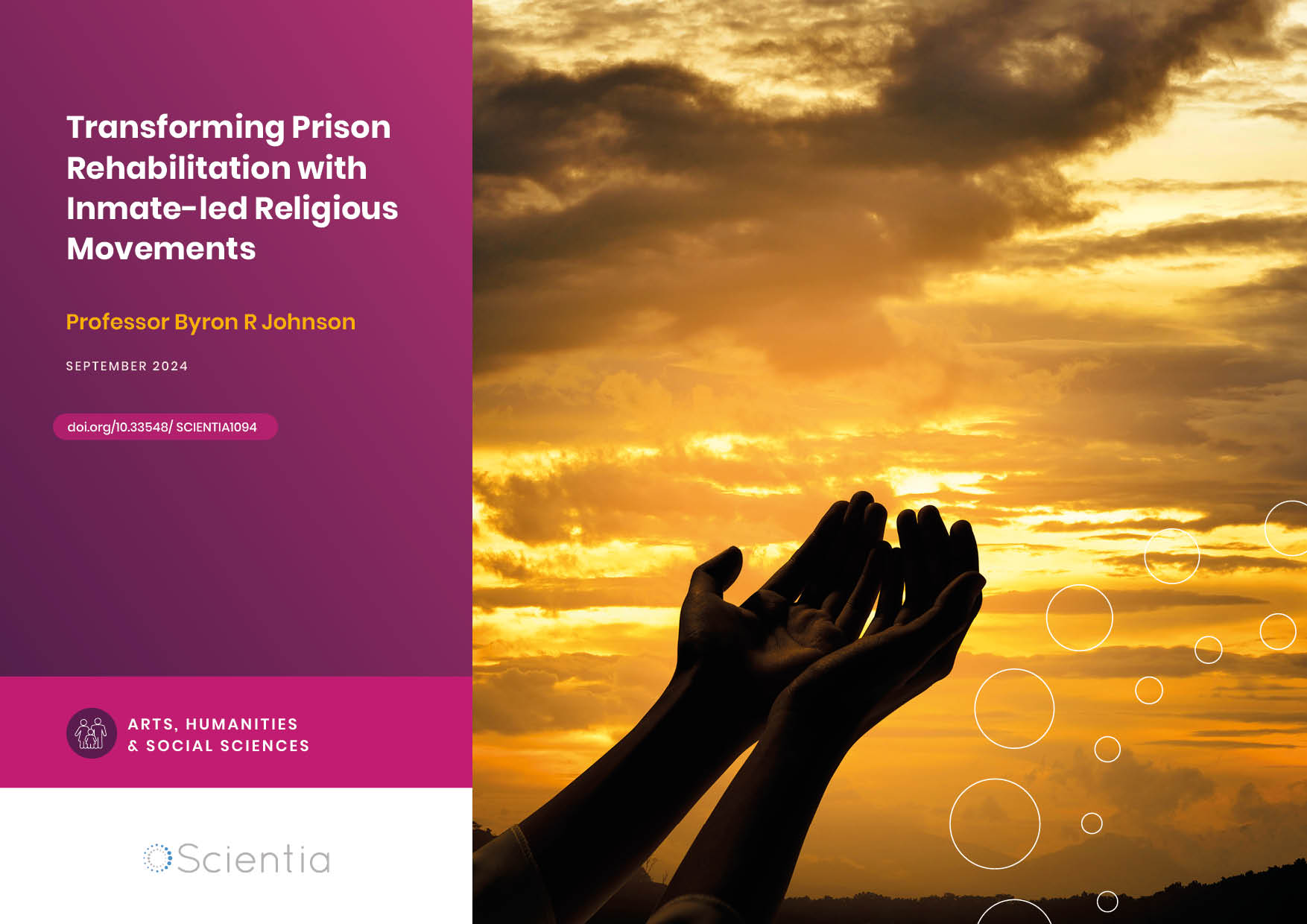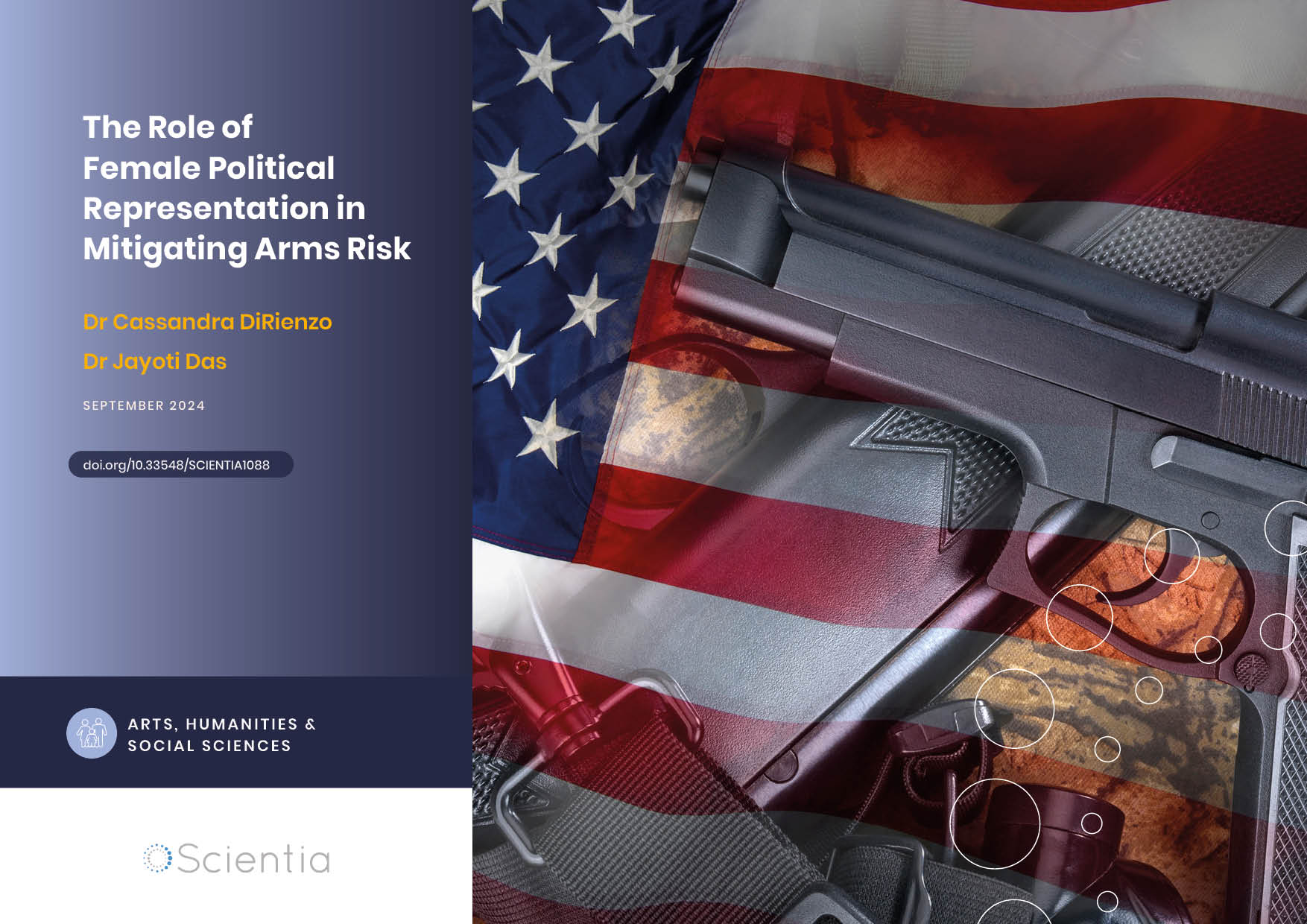Dr Howard Stevenson | Healing the Wounds of Racism: How Racial Literacy Can Empower Youth and Adults
Racist encounters, both subtle and overt, continue to plague society and take a severe toll on the mental and physical health of people of colour. However, innovative research is showing how we can equip both youth and adults with the skills to navigate these stressful situations and emerge stronger. Dr Howard Stevenson and his team at the University of Pennsylvania are pioneering new approaches to help people cope with racial trauma and find their voice.
The High Cost of Racial Trauma
Racism remains a pervasive and harmful reality in the United States and around the world. Whether through overtly discriminatory policies or subtle everyday slights, people of colour face an onslaught of stressful and traumatic racial encounters that can severely impact their well-being. The toll is particularly heavy on youth, who may struggle to make sense of and respond to racist treatment.
However, groundbreaking work by Dr Howard Stevenson and his colleagues offers new hope. Through decades of research, they have developed innovative approaches to help both young people and adults effectively navigate racially stressful situations. Their work empowers people with practical skills to recognise, reframe and resolve racial conflicts in the moment.
At the heart of their approach is the concept of ‘racial literacy’ – the ability to ‘read’, recast and resolve racially stressful encounters. By teaching specific strategies to manage the physiological and emotional impacts of racism, Dr Stevenson’s team aims to reduce trauma and help people find their voice to confront injustice.
Study after study has documented the tremendous harm caused by exposure to racism, especially for youth. Experiencing racial discrimination is linked to a host of negative mental and physical health outcomes, from depression and anxiety to cardiovascular problems.
For students of colour, racial stress in school settings can severely undermine their sense of belonging and academic achievement. Even seemingly minor incidents, often called microaggressions, can have a profound cumulative impact over time.
‘Racial trauma is like running a 100-yard dash with your right hand tied to your left foot, which almost everybody you pass or passes you on the road of life can see – except you’ says Dr Stevenson, vividly describing how racism creates invisible but very real barriers.
The effects ripple out beyond just the direct targets. Research shows that even witnessing racism directed at others can lead to trauma responses in people of colour. And the costs extend to society as a whole, with racism estimated to cost the US economy trillions of dollars through lost productivity and unrealised potential.
Equipping families to cope
To combat these harmful effects, Dr Stevenson and his team have focused much of their work on racial socialisation – how families of colour teach their children to understand and cope with racism. Through decades of research, they’ve shown that effective racial socialisation can help protect youth from some of the negative impacts of discrimination.
However, the researchers identified some key gaps in how racial socialisation was typically studied and applied. Many parents struggle with how exactly to have these difficult conversations with their kids. And even when families do discuss racism, it’s often reactive – happening only after a child has already experienced a traumatic encounter.
Dr Stevenson’s team developed an innovative framework called Racial Encounter Coping Appraisal and Socialisation Theory (RECAST) to address these limitations. RECAST emphasises building specific skills and confidence to manage racially stressful situations rather than just generally discussing racism.
Dr Stevenson emphasises the need for youth to be able to seamlessly apply lessons from family discussions about race to real-world situations, recognise harm, resist dehumanisation, and protect themselves even when adult protection is unavailable or inadequate.
Building skills for racial literacy
A key innovation in Dr Stevenson’s approach is the concept of racial literacy. This involves three key abilities: reading (noticing and identifying racial encounters and their impacts), recasting (reframing the threat level of an encounter), and resolving (making healthy decisions to address the situation).
To build these skills, Dr Stevenson’s team uses strategies like storytelling, journaling, relaxation techniques, debate and role-playing racial conflicts. A central focus is increasing ‘interoceptive awareness’ – the ability to recognise internal bodily sensations and emotional states.
One technique they teach is called CLCBE, which involves calculating the intensity of feelings, locating where in the body stress is felt, communicating self-talk and mental imagery, and using breathing to calm the nervous system.
By practising these skills, people can learn to short-circuit the stress response during racial encounters and make clearer decisions about how to respond.

Empowering interventions
To put these concepts into practice, Dr Stevenson and colleagues have developed several targeted intervention programmes:
- PLAAY (Preventing Long-term Anger and Aggression in Youth) uses basketball and other physical activities to create situations where youth can practice managing stress and conflicts in the moment. Early trials showed promising results in reducing anger issues in Black male youth.
- EMBRace (Engaging, Managing, and Bonding through Race) is a family-based programme that brings parents and adolescents together to process racial experiences and practice coping strategies. Over four sessions, families learn cultural pride alongside skills for addressing bias and discrimination.
- Shape Up: Barbers Building Better Brothers leveraged the cultural importance of barbershops in Black communities to reach young men. Barbers were trained to deliver education on sexual health and violence prevention while cutting hair. The programme successfully reduced violent behaviours in participants.
- Can We Talk is a school-based intervention that teaches Black students to identify and negotiate racial conflicts while also training teachers to better support students practising these skills. It uses techniques like storytelling and role-playing to build racial stress management and assertiveness.
- Changing Racial Outcomes in Proximal Spaces takes a multi-tiered approach, training high school and college student leaders to become peer educators on racial literacy skills. The goal is to create a ripple effect of youth empowering other youth to confront racism.
The Power of Preparation
Across all these programmes, a key emphasis is on preparation and practice. Dr Stevenson argues that simply talking about racism in general terms is not enough – people need concrete skills they can apply in the heat of the moment during actual racial encounters.
Dr Stevenson notes that mindful preparation and practice can prevent disruption of healing, earning, affirming, and learning. By rehearsing strategies in low-stakes settings, people can build the confidence to use their ‘outside voice’ to stand up against mistreatment when it really matters.
This approach represents a shift from how racial socialisation has traditionally been studied and applied. Rather than just measuring how often families discuss race, Dr Stevenson’s team focuses on competency – how skilfully can people actually navigate racial stress when it arises?
Dr Stevenson emphasises that racial socialisation is only as useful as it is skilled, coining the term ‘racial socialisation competency’ to capture this emphasis on practical abilities rather than just knowledge.
Shifting Beliefs and Looking to the Future
While more large-scale trials are still needed, early results from Dr Stevenson’s various intervention programmes are promising. The Shape Up barbershop programme, for instance, successfully reduced violent behaviours in young Black men up to three months after the intervention.
Importantly, the research showed that the programme worked by decreasing beliefs in hypermasculine stereotypes while increasing awareness of Black men’s vulnerabilities. This demonstrates how the interventions can shift deeply held attitudes that often fuel conflict.
The team has also developed and validated new psychological scales to measure concepts like racial socialisation competency, racial coping self-efficacy, and school racial climate. These tools allow for a more nuanced study of how people experience and respond to racial stress.
Dr Stevenson and his colleagues continue to refine and expand their programmes, with the goal of reaching more people in need of these crucial skills. They are particularly focused on school settings, where racial conflicts often arise but where educators may feel ill-equipped to address them constructively.
The researchers emphasise that their work is not just about helping people of colour cope with racism but about changing the dynamics that allow racism to persist. By empowering people to confront injustice effectively, they hope to create ripple effects that improve racial climates more broadly.
Dr Stevenson believes that by changing how people competently engage with racial and identity-based hate, and empowering voices of resistance and hope, they can reduce health and productivity risks and change racial outcomes.
Reclaiming Stories, Finding Voices
At its core, Dr Stevenson’s work is about helping people reclaim their stories and their power in the face of dehumanising treatment. He cites an African proverb: ‘The lion’s story will never be known as long as the hunter is the one to tell it.’ Racial literacy, he argues, is about embracing and telling one’s racial story. It’s about seeing oneself clearly, even in moments of stress and conflict. And ultimately, it’s about finding the courage to use one’s voice – to confront injustice and to affirm one’s inherent humanity and worth.
By equipping people with practical skills to manage racial stress, Dr Stevenson and his team hope to reduce the health and economic tolls of racism while empowering more people to work towards a more just society. Their innovative approaches offer new paths forward in the ongoing struggle against racial trauma and oppression.
In a world still grappling with the wounds of racism, this research lights a way towards healing – not through avoidance or suppression, but through a clear-eyed confrontation of injustice and the reclaiming of human dignity. It’s a testament to the power of storytelling, of preparation, and of finding one’s voice in the face of silencing forces.
The work continues, but Dr Stevenson and his colleagues have laid a foundation for more effective, skills-based approaches to combat racial trauma. Their efforts remind us that while racism’s harm is real, so too is our capacity for resilience, for growth, and for positive change when armed with the right tools.
SHARE
DOWNLOAD E-BOOK
REFERENCE
https://doi.org/10.33548/SCIENTIA1119
MEET THE RESEARCHER

Dr Howard Stevenson
University of Pennsylvania, Philadelphia, PA, USA
Dr Howard Stevenson is the Constance Clayton Professor of Urban Education and Professor of Africana Studies at the University of Pennsylvania’s Graduate School of Education. As Director of the Racial Empowerment Collaborative, he promotes racial literacy in education, health, and community organisations. Dr Stevenson’s NIH-funded projects, PLAAY and Shape-UP, explore culturally responsive interventions based on racial socialisation. He consults nationally on negotiating racial conflicts across various sectors. In 2021, Dr Stevenson received the Gittler Prize from Brandeis University and was elected to the National Academy of Education. In 2023, he was recognised as one of the top 10 ‘Black Activists Who Changed the Mental Health Industry’ by Word in Black. His work focuses on preparing youth and professionals with racial literacy tools to improve health outcomes and confront discrimination, as summarised in his book Promoting Racial Literacy in Schools: Differences that Make a Difference.
CONTACT
E: howards@upenn.edu
W: https://www.gse.upenn.edu/academics/faculty-directory/stevenson
Additional Links and Social Media Contacts:
X: @recastingrace.com
LinkedIn: https://www.linkedin.com/in/howard-stevenson-473b319/
Instagram: @hcstevensonjr
X: @DrHoward_RECAST
Facebook: https://www.facebook.com/howard.stevenson.963/
Instagram: @thelionsstory
KEY COLLABORATORS
Riana Anderson, University of Michigan
Diane Hughes, New York University
Loretta Jemmott, Drexel University
John Jemmott, University of Pennsylvania
Deborah Johnson, Michigan State University
Stephanie Coard, University of North Carolina, Greensboro
Shawn Jones, Virginia Commonwealth University
Emilie Smith, University of Georgia
Keisha Bentley-Edwards, Duke University
Valerie Bass-Adams, University of Virginia
Lisa Kiang, Wake Forest University
N Keita Christophe, Wake Forest University
Kelsey Jones, University of California, San Marino
Nkemka Anyiwo, Columbia University
Gabriela Stein, University of North Carolina, Greensboro
Emily Aisenbrey, University of Pennsylvania
FUNDING
National Institutes of Health
National Institutes of Mental Health
National Institutes of Child Health and Human Development
University of Pennsylvania, Office of Social Equity and Community
University of Pennsylvania Research Foundation
William T. Grant Foundation
Robert Wood Johnson Foundation
Annenberg Foundation
FURTHER READING AND RESOURCES
HC Stevenson, How to Resolve Racially Stressful Situations, 2018. TED talk selected for presentation on the TED Network.
RE Anderson, HC Stevenson, RECASTing racial stress and trauma: Theorizing the healing potential of racial socialization in African American families, American Psychologist, 2019, 74(1), 63–75. DOI: http://dx.doi.org/10.1037/amp0000392
HC Stevenson, Promoting racial literacy in schools: Differences that make a difference, 2014. New York: Teachers College Press.
HC Stevenson, EG Arrington, Racial-ethnic socialization mediates perceived racism and the racial identity of African American adolescents, Cultural Diversity and Ethnic Minority Psychology, 2009, 15, 2, 125–136. DOI: https://doi.org/10.1037/a0015500
HC Stevenson, J Reed, P Bodison, A Bishop, Racism stress management: Racial socialization beliefs and the experience of depression and anger for African American adolescents, Youth and Society, 1997, 29, 197–222. DOI: https://doi.org/10.1177/0044118X97029002003
HC Stevenson, Playing with anger: Teaching coping skills to African American boys through athletics and culture, 2003, Westport, CT, Greenwood Publishing, Praeger.

REPUBLISH OUR ARTICLES
We encourage all formats of sharing and republishing of our articles. Whether you want to host on your website, publication or blog, we welcome this. Find out more
Creative Commons Licence (CC BY 4.0)
This work is licensed under a Creative Commons Attribution 4.0 International License. 
What does this mean?
Share: You can copy and redistribute the material in any medium or format
Adapt: You can change, and build upon the material for any purpose, even commercially.
Credit: You must give appropriate credit, provide a link to the license, and indicate if changes were made.
SUBSCRIBE NOW
Follow Us
MORE ARTICLES YOU MAY LIKE
Dr Kerry Shannon | Reframing Hygiene as Cultural Heritage in Meiji-Era Japan
During the late 19th century, Japan underwent a period of rapid modernisation following the 1868 Meiji Restoration. This transformative process included public health, where the concept of ‘hygiene’ took on new meanings and significance. Dr Kerry Shannon from California State University, Dominguez Hills, has delved into the pivotal role played by the Sanitary Society of Japan in shaping the discourse around hygiene during this tumultuous era.
Professor Byron R Johnson | Transforming Prison Rehabilitation with Inmate-led Religious Movements
Inmate ministers and offender-led religious movements offer a unique avenue to redemption and rehabilitation within prisons. Professor Byron R Johnson of Baylor University and Pepperdine University has examined the influence of faith-driven programmes within prison facilities. His work highlights the inspiring power of peer support, spiritual growth, and restorative justice in reshaping the lives of those behind bars. As demands for reforms in the criminal justice sector intensify, the impact of faith-based activities in fostering change cannot be understated.
Dr Kati Rantala | Navigating Policy with the Logic of Regulatory Impact Assessment
Regulatory Impact Assessment (RIA) is a crucial process in policymaking, allowing decision-makers to assess the potential impacts of proposed regulations prior to implementation. Dr Kati Rantala of the University of Helsinki and her colleagues argue that by employing evidential reasoning and considering contextual factors, RIA helps policymakers make more informed decisions that better serve the needs of society. Understanding the logic behind RIA is essential for policymakers to design policies that have positive impacts on our communities and the world at large and for all affected by regulations to advocate for thorough and well-constructed impact assessment.
Dr Cassandra DiRienzo – Dr Jayoti Das | The Role of Female Political Representation in Mitigating Arms Risk
Approximately one billion small arms and light weapons (SALW) – rifles, pistols, and light machine guns – are circulating across the globe. Many of these are in the ‘wrong hands’, meaning that they are in the possession of criminals, terrorists, or extremists. Dr Cassandra DiRienzo and Dr Jayoti Das argue that greater female political representation has both a direct and an indirect effect on arms risk, or the risk that SALW fall into the ‘wrong hands’. This vital work reveals how women in politics can, directly and indirectly, reduce the dangers posed by SALW, offering hope in the fight against the devastating consequences of these weapons.





